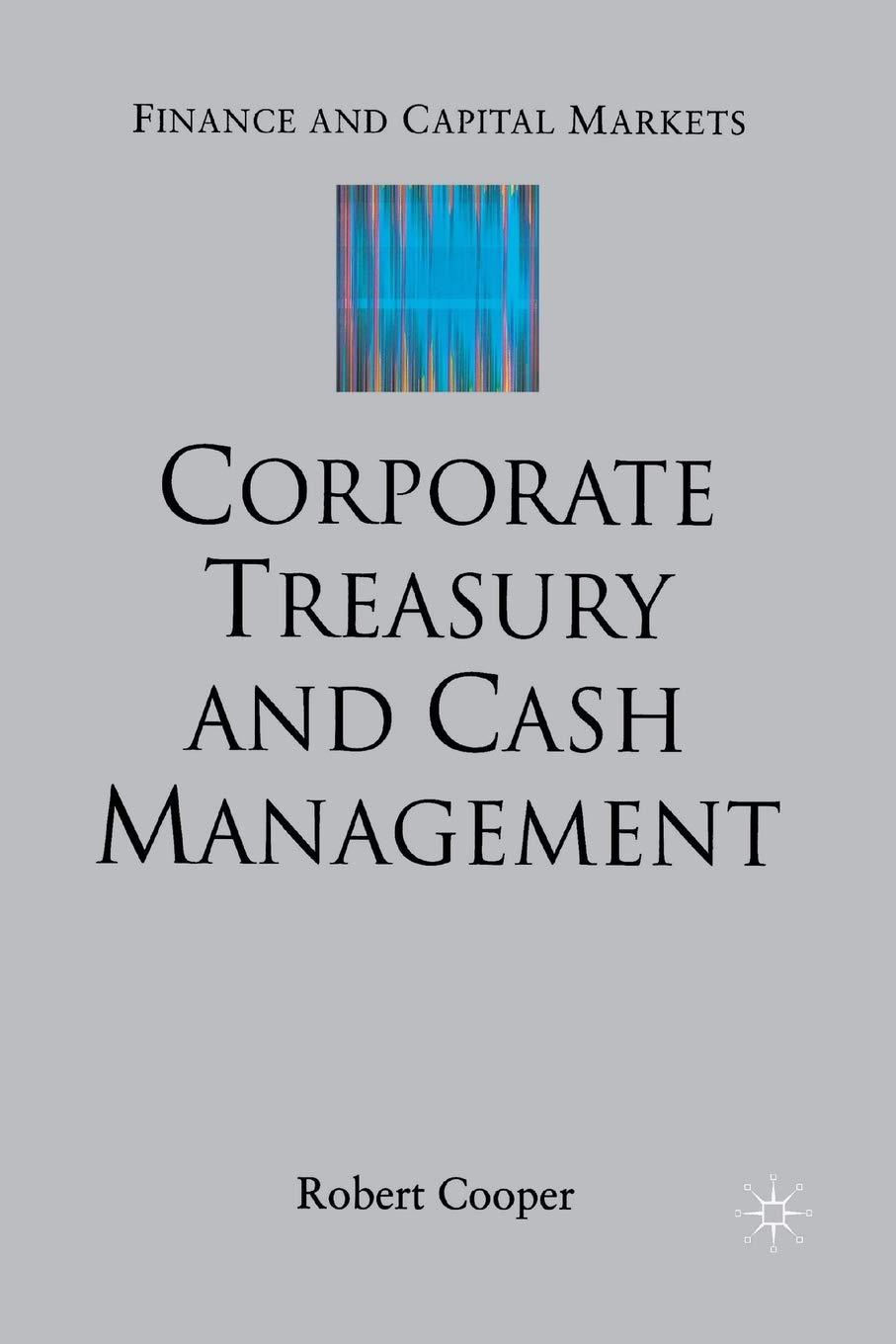Question
An investment with an initial cost of $6,000 produces cash flows of $3,000, $500, $200, -$2,800, $100, and $6,000 for Years 1 to 6, respectively.
An investment with an initial cost of $6,000 produces cash flows of $3,000, $500, $200, -$2,800, $100, and $6,000 for Years 1 to 6, respectively. How many IRRs does this project have?
a.2
b.5
c.4
d.3
e.6
You are planning to invest in Project (A) that has an initial cost $85,000. This project is expected to generate cash flows of $65,000, $35,000, $10,000 and $22,000 over the next three years, respectively. After four years, the project will be worthless. If the applicable discount rate is 12%, would you invest in this project?
a.Accept, because the NPV is positive and equal to $16,596.67
b.Reject, because the NPV is negative.
c.Accept, because the total future cash inflows $132,000 is greater than initial cost of investment $85,000.
d.Reject, because the total future cash inflows $132,000 is greater than initial cost of investment $85,000.
e.Accept, because the NPV is positive and equal to $22,036.70
What is the effective annual rate (EAR) if your credit card charges you 10.45 percent compounded quarterly?
a.10.97 percent
b.10.87 percent
c.10.45 percent
d.10.82 percent
e.11.00 percent
One characteristic of the payback method of project analysis is the:
a.discounting of all cash flows.
b.standardized cutoff point for cash flow consideration.
c.consideration of the risk level of each project.
d.bias toward short term projects.
e.bias against liquidity.
Step by Step Solution
There are 3 Steps involved in it
Step: 1

Get Instant Access to Expert-Tailored Solutions
See step-by-step solutions with expert insights and AI powered tools for academic success
Step: 2

Step: 3

Ace Your Homework with AI
Get the answers you need in no time with our AI-driven, step-by-step assistance
Get Started


